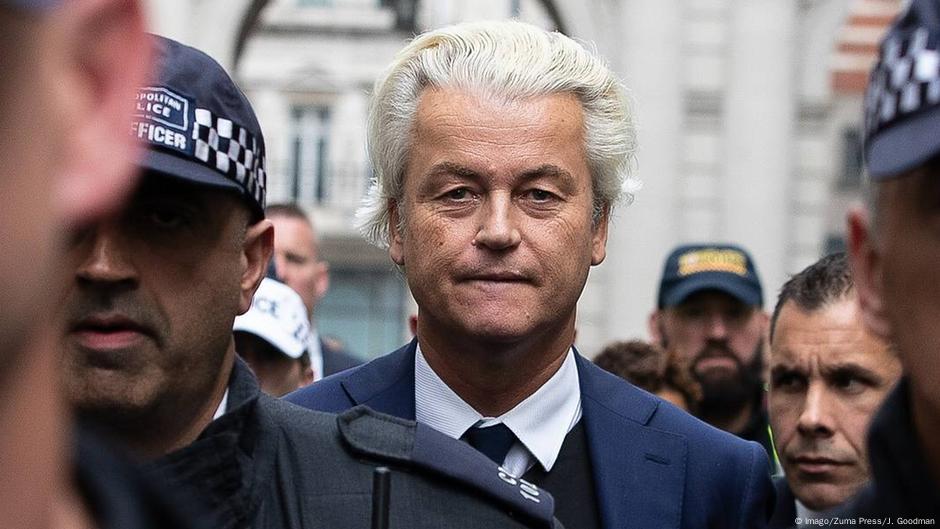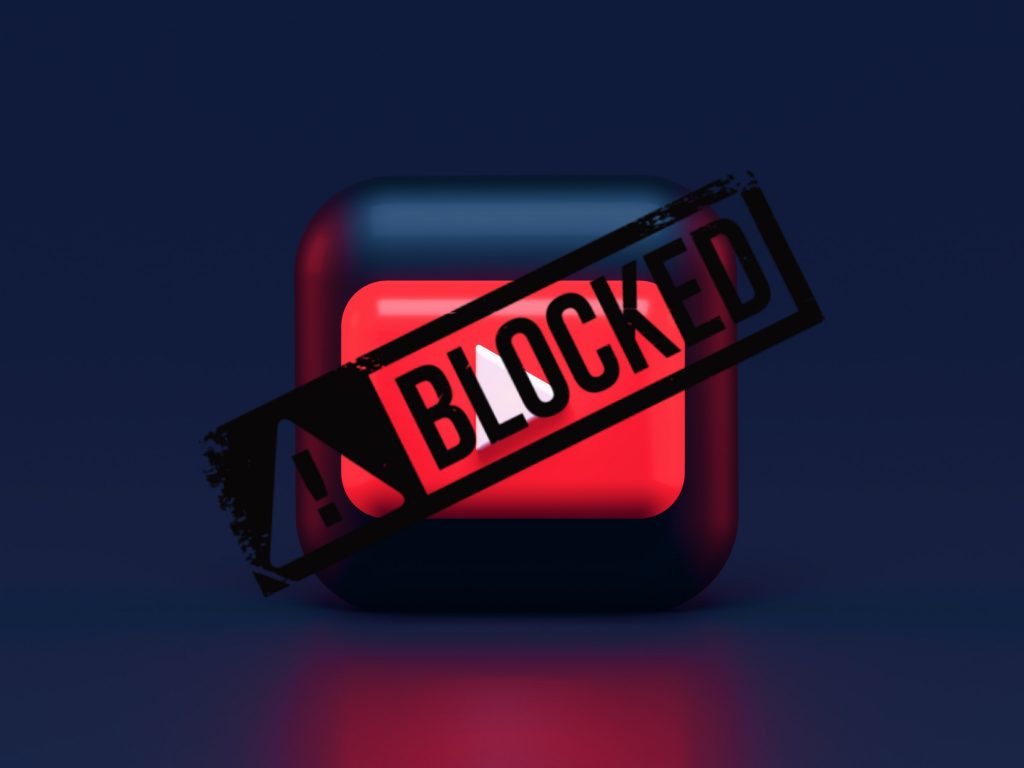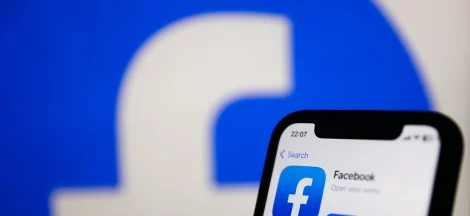So, you guessed it right. It’s good old Pakistan. Here’s what happened and how it went down.
In 2008, the Pakistani government responded to a trailer for an Islamophobic film by a Dutch politician named Geert Wilders and decided to conduct a grand censorship effort. The trailer existed on YouTube, and it had refused to take it down.

Pakistan decided to nip the evil in the bud by doing what was unimaginable back then: Blocking all of Pakistan from all of YouTube.
Well, social media bans, that’s a routine thing in Pakistan. Except, and you may not know this but, Pakistan’s attempt to block people in Pakistan from accessing YouTube ended up causing YouTube outages for about 2/3 of the world.
Let’s see how this historical event unfolded.
Let’s say you need to get to www.Google.com. First, you’ll need to know what IP address corresponds to that website, and that information will be provided by something called the DNS.
But even once you have the IP address, your computer is here, and the server that hosts that IP address is all the way over here.
How are you gonna get there? Your computer is directed to the server it needs via BGP, aka borderline gate protocol. To understand BGP, you have first to understand that the internet is basically a network of a wide range of different, sometimes called ASes or autonomous systems comprising of a university’s system of computers, or it could be a government agency’s computer system.
All of these networks run in sync to basically comprise the internet. If you think of all these interconnected ASes as little cities full of IP addresses, you think of BGP as your GPS: it figures out which route you should take
through the ASes—the smaller networks that make up the internet—to get where you need to
go.
BGP analyzes all the information it has from all the ASes, shouting out where they can take you, then it plans out the fastest route to the website you want, and then takes you there, hopping you from AS to AS until you arrive.
So basically, when Pakistan decided to ban Youtube in 2008, PTA, an AS in and of itself, began routing people to a blank page. The problem arised when BGP looked at all the information from all the ASes, and saw Pakistan Telecom yelling “YouTube’s over here,” it took people there. But, people across the globe saw a blank page, the same as Pakistanis rather than the actual YouTube.

Surely, you’re wondering, why did computers trust this fake route over the real YouTube?
The main problem had everything to do with PCCW, the massive Hong-Kong-based ISP that provides internet
connection to the smaller Pakistan Telecom. PCCW didn’t screen Pakistan Telecom’s prefix announcement claiming it was YouTube. So PCCW accepted the route and started telling the whole internet, “Hey guys, check it out, YouTube lives in Islamabad now”—and because PCCW is one of the 20-largest data carriers globally, everyone
believed them.
The second reason the fake page won out over real YouTube is how BGP works: it prefers specificity.
PTA said it was the right place for 256 IP addresses in YouTube’s IP address space, while YouTube said it was the right place for 1,024 IP addresses.
BGP believed Pakistan Telecom because it provided a more specific set of IP addresses, so it sent most of the world’s users there, where they were greeted not with 2008 YouTube in all its non-monetized, “Broadcast Yourself” glory, but with a blank page.
If you ever feel low and need something to be proud of, as a Pakistani and can’t seem to find any, remember, Pakistan is the only country to ever shut YouTube down for the world for 2 hours.





 Android Apps Share More Data To Third Parties Than iOS
Android Apps Share More Data To Third Parties Than iOS